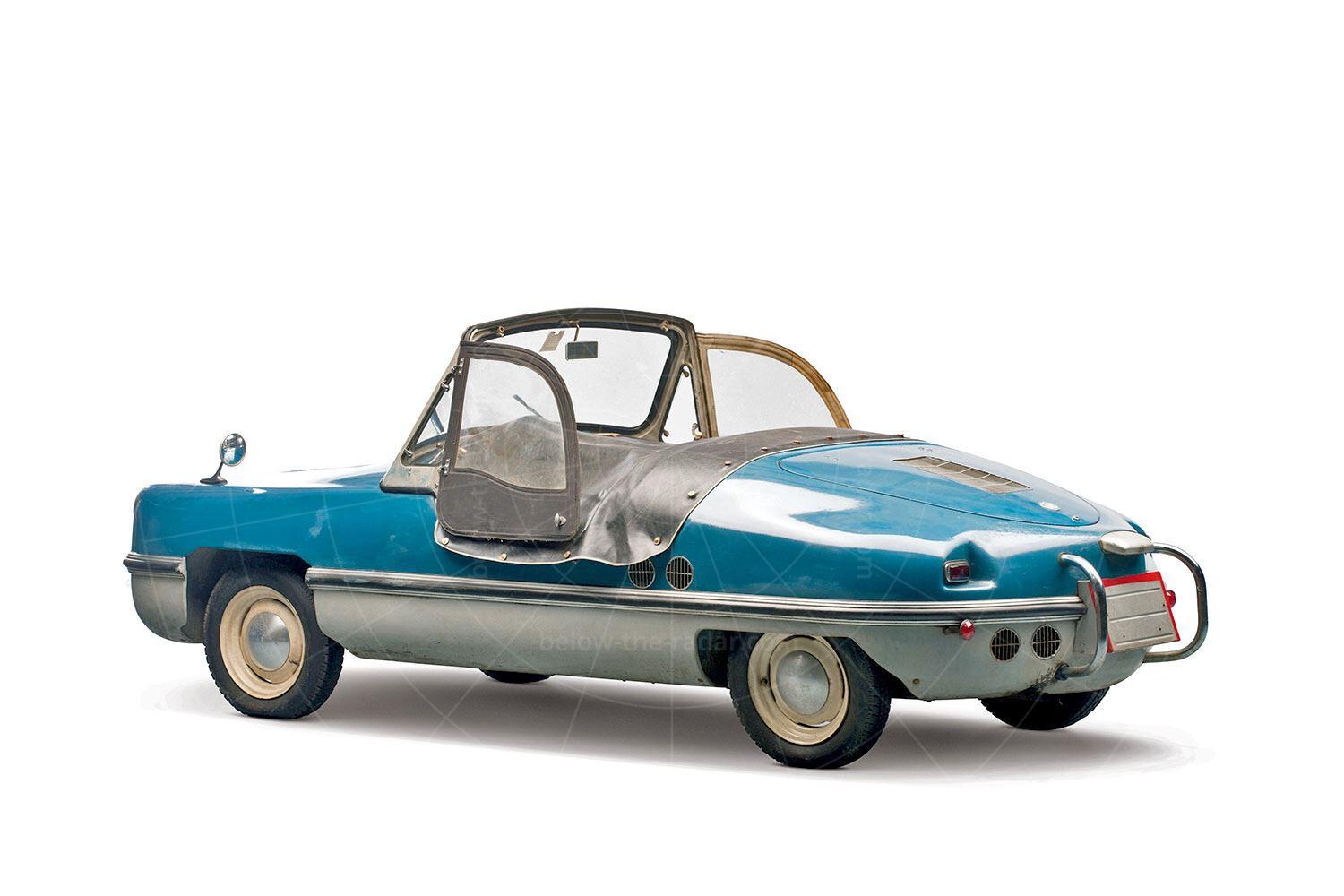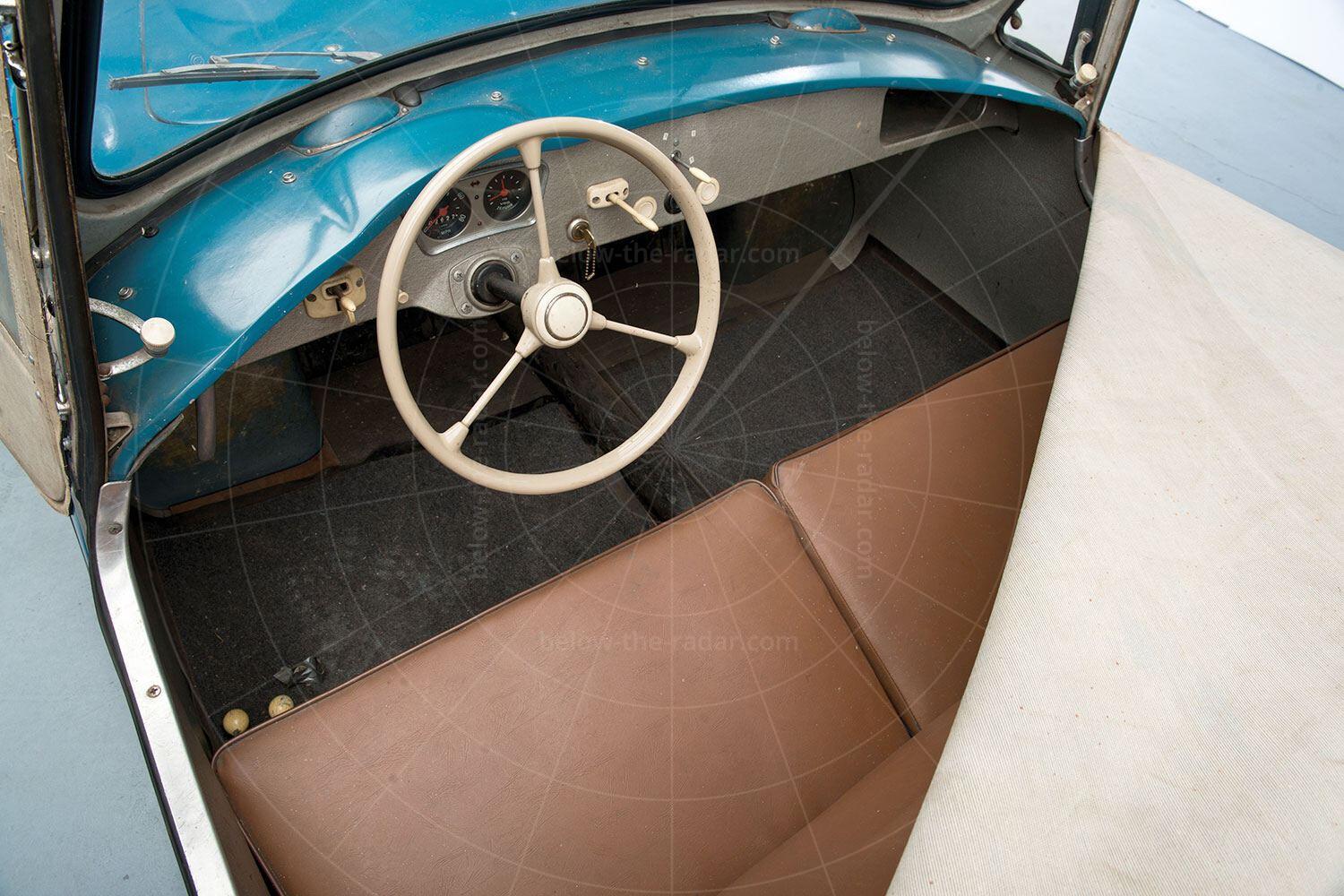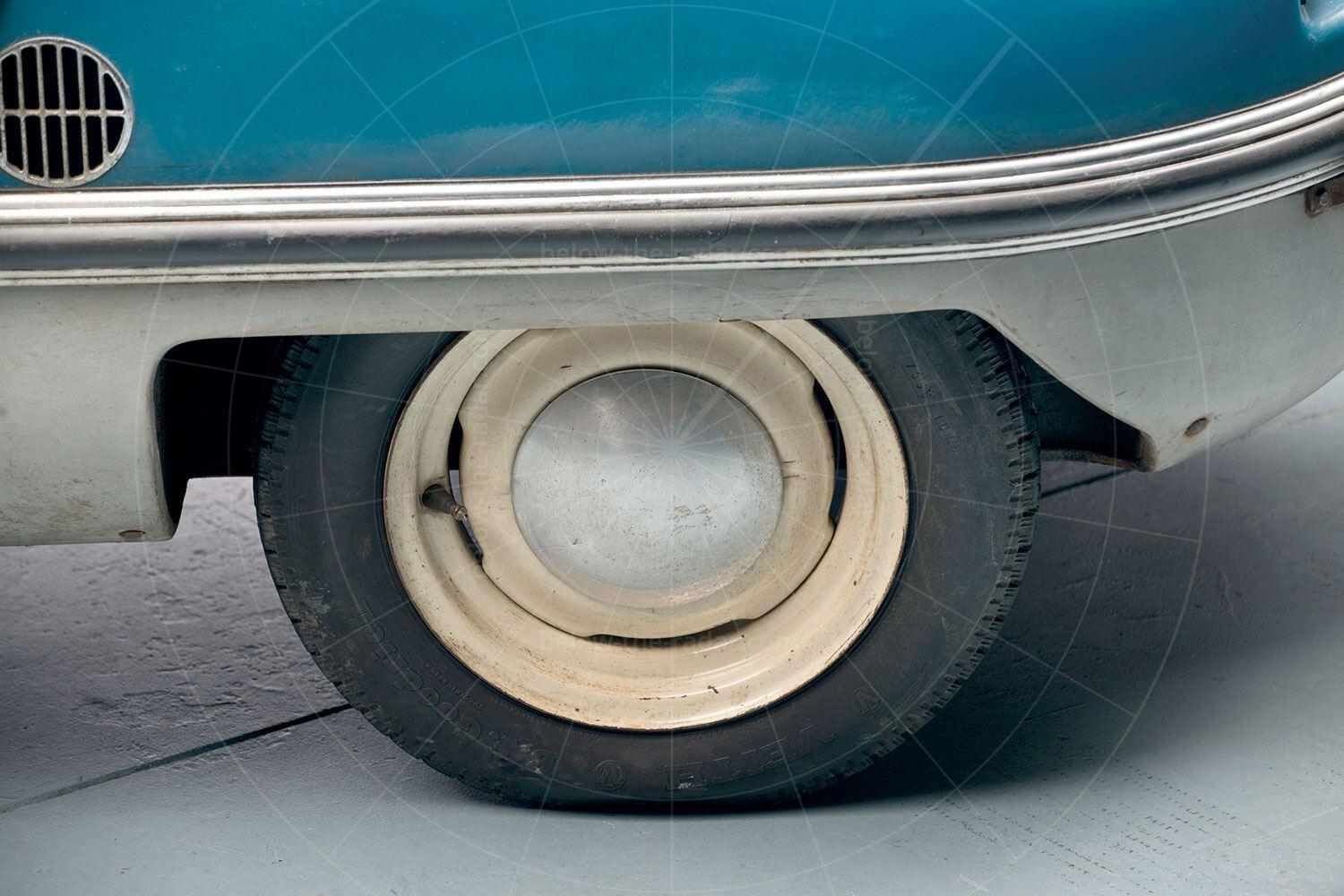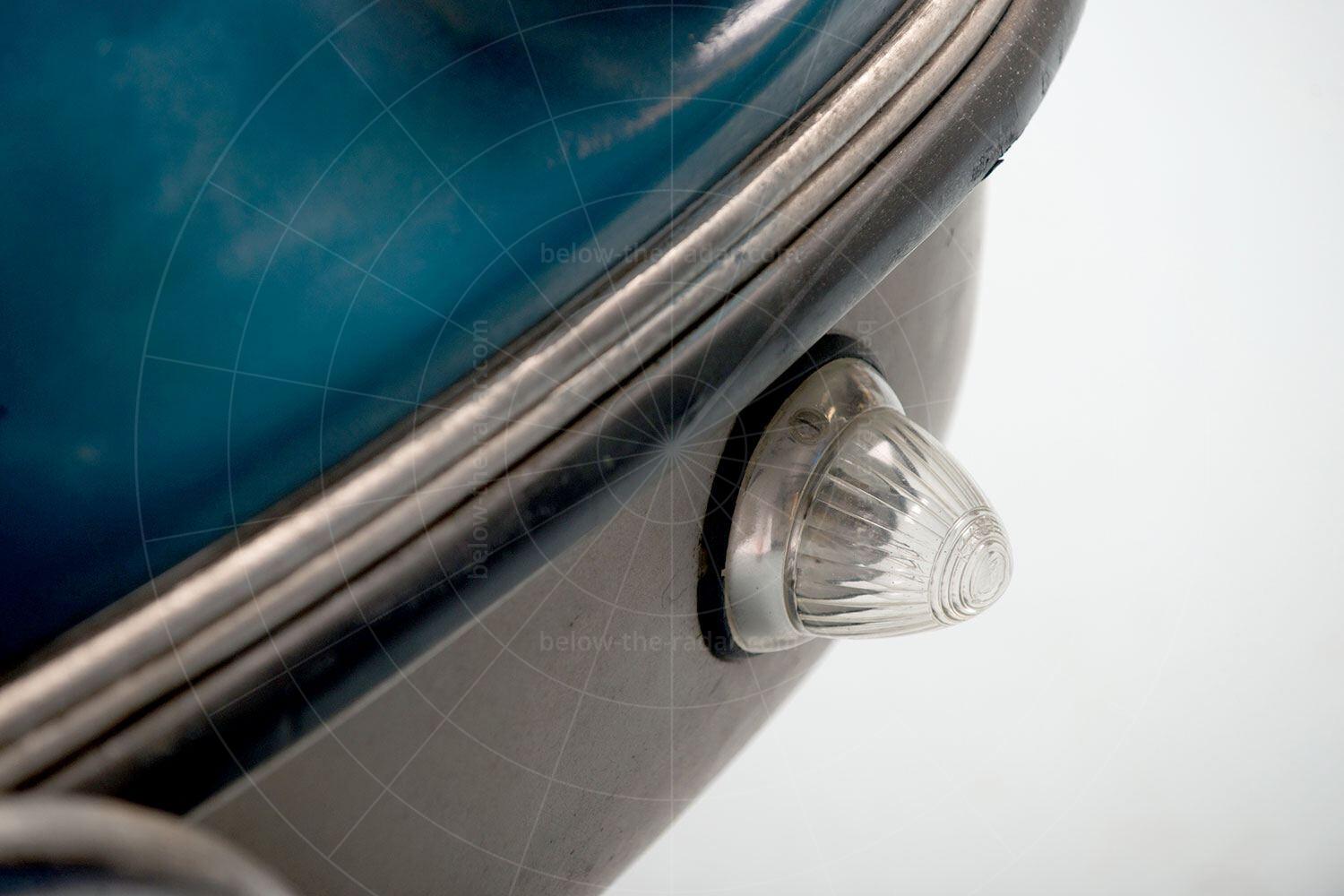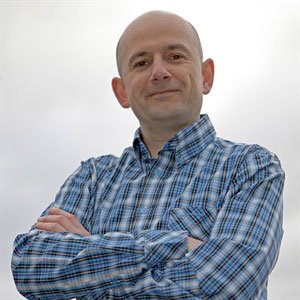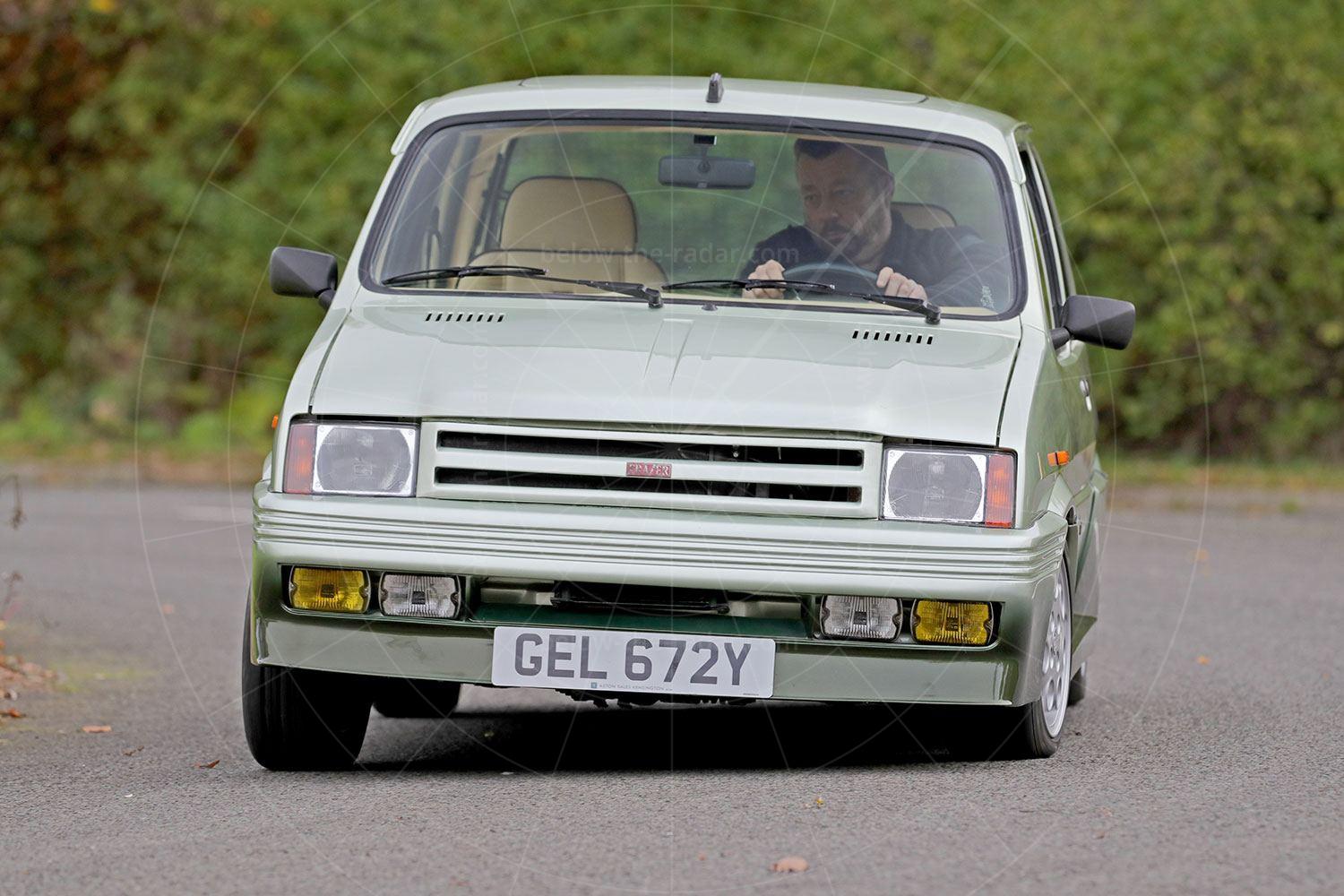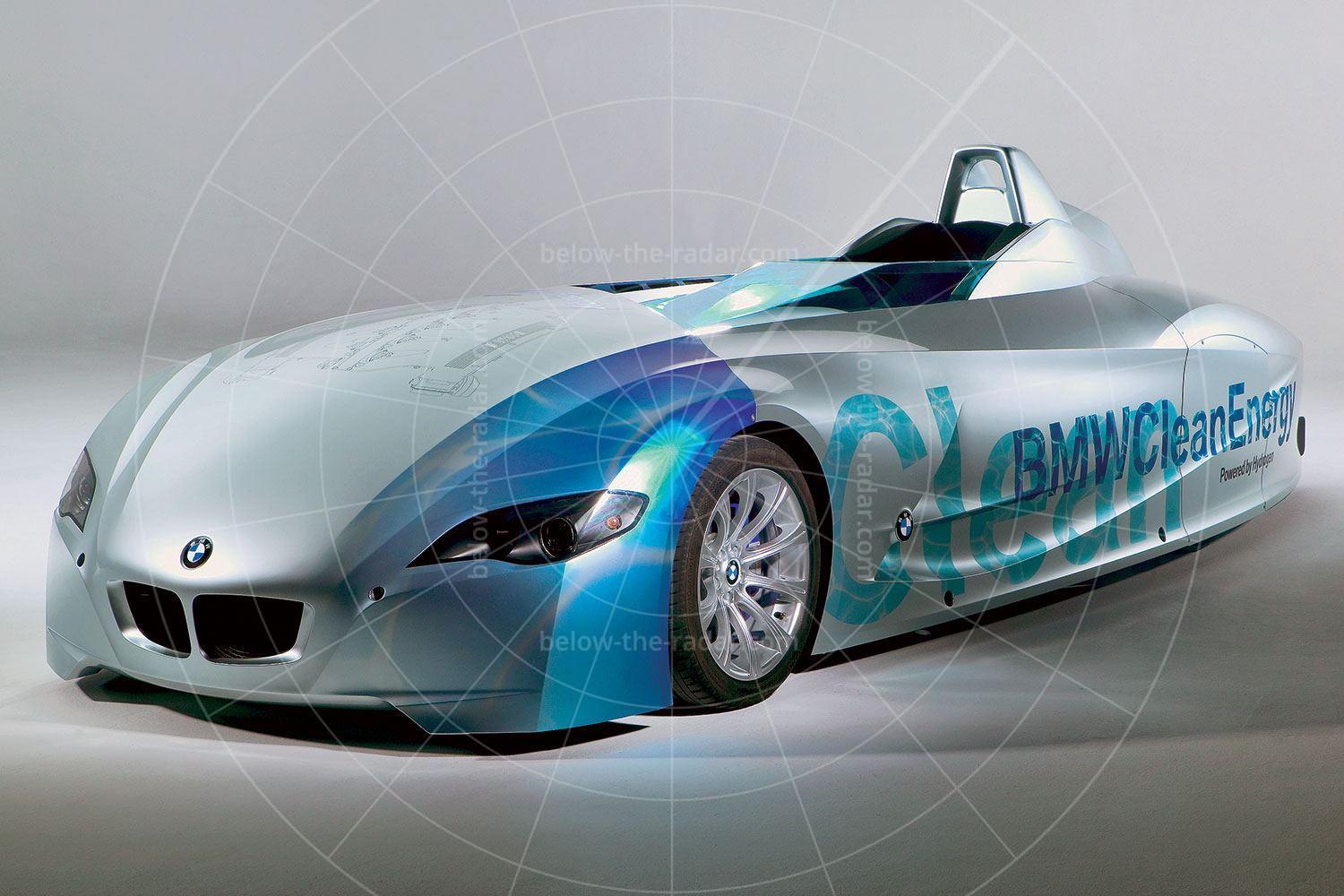When Victoria decided to halt production of its 250 microcar, Burglengenfeld-based aircraft manufacturer Burgfalke Flugzeugbau picked up the baton. The owner of Burgfalke Flugzeugbau was Martin Joachim Dahmen, and he wanted to branch out into making cars. So in spring 1959, a year after Victoria had shut down 250 production, Dahmen purchased everything to do with the car; the rights, jigs and tooling as well as some bodyshells and mechanical parts.
Dahmen had purchased a former glass factory in Obermurnthal, Bavaria, which could be converted into a car production plant. The vehicle would be called the Burgfalke FB250, and it would initially be powered by the same 248cc single-cylinder engine as the Victoria, but it would be marketed as the Burgfalke FB250.
Dahmen had big plans for the FB250, which would initially be developed into a car with doors and bumpers so that it could be sold in the US. In time there would also be a bigger engine along with a raft of other improvements.
Victoria didn't just sell everything to Dahmen and leave him to get on with it though. Instead the firm was happy to work with Burgfalke, but one by one the planned developments were scratched off the list as reality bit and costs escalated.
In the end Dahmen's company hand-built a small number of FB250s; there are reports that as many as 60 cars were assembled from remaining stocks before Burgfalke became merely a parts supplier for the existing cars.
| Vital statistics | |
|---|---|
| Produced | 1959 |
| Number built | As many as 60 |
| Engine | Rear-mounted, 248cc, single-cylinder |
| Transmission | 4-speed manual, rear-wheel drive |
| Power | 14bhp |
| Top speed | 60mph |
- The Burgfalke FB250 pictured was sold by RM Sotheby's for $20,700 in 2013. Many thanks to RM Sotheby's for the use of its pictures to illustrate this article.



